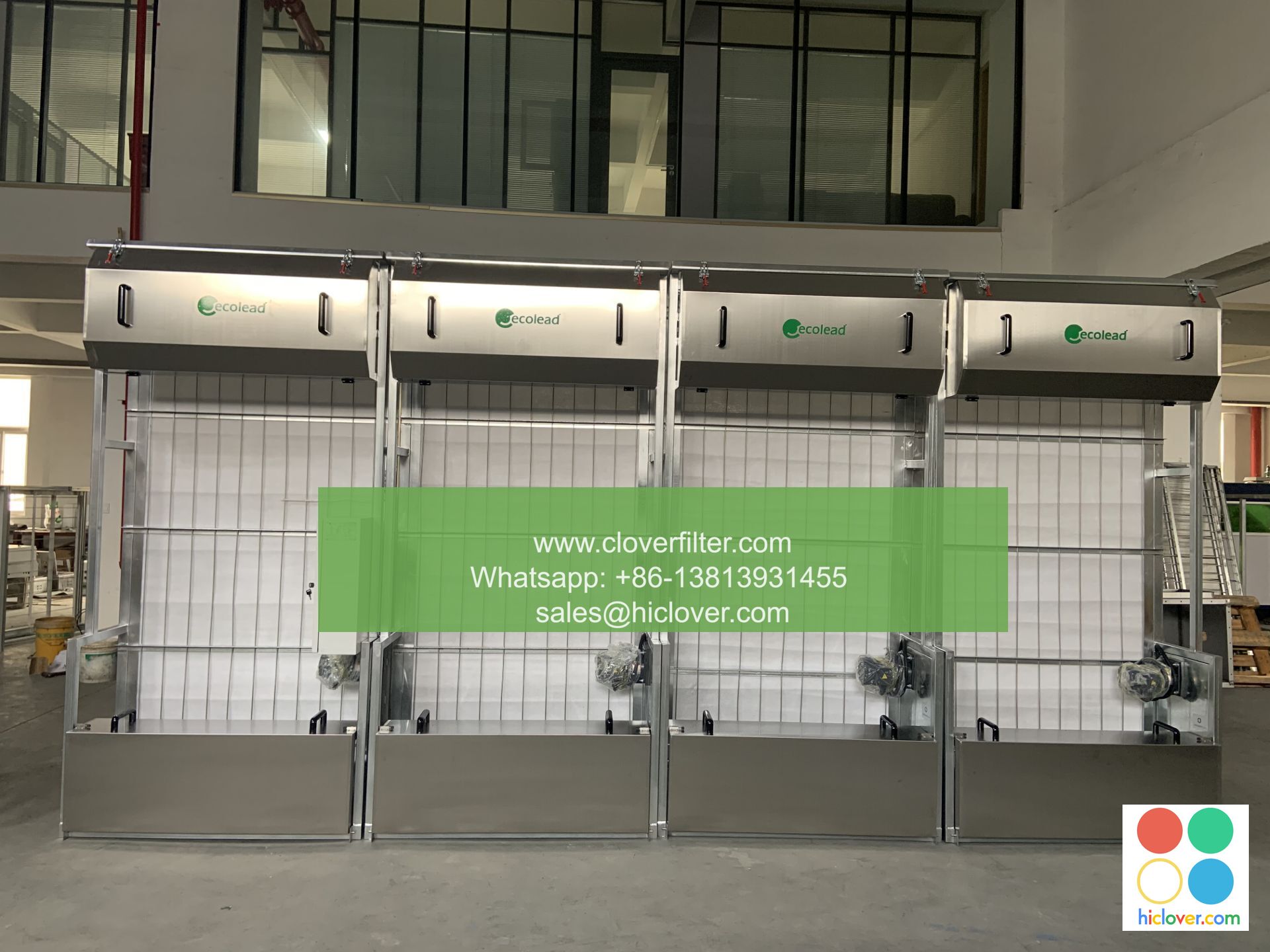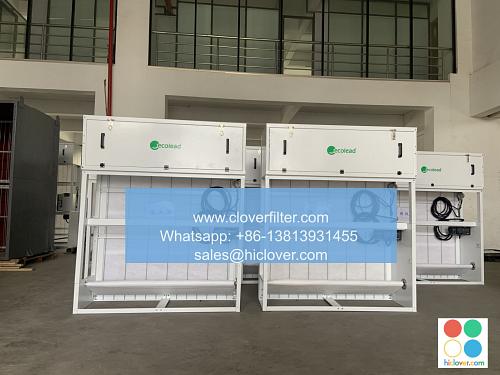The Pros and Cons of Stand-Alone Air Filters: Installation Considerations

Stand-alone air filters have become a popular choice for improving indoor air quality in various settings, including residential, commercial, and industrial air purification applications. These units are designed to operate independently, providing portable air filtration solutions that can be easily installed and maintained. In this article, we will explore the pros and cons of stand-alone air filters, discussing key considerations for installation and highlighting their suitability for different application areas.
Pros of Stand-Alone Air Filters
The advantages of stand-alone air filters are numerous, making them an attractive option for those seeking to enhance indoor air quality. Some of the key benefits include:
* Easy installation: Stand-alone air filters are often simple to install, requiring minimal ductwork modifications or electrical connections.
* Flexibility: These units can be moved from room to room, allowing for targeted air purification in areas where it is needed most.
* Low maintenance: Stand-alone air filters typically have washable pre-filters and replaceable HEPA filters, making maintenance a straightforward process.
* Cost-effective: Compared to central air purification systems, stand-alone air filters can be a more affordable solution for improving indoor air quality.
Cons of Stand-Alone Air Filters
While stand-alone air filters offer several advantages, there are also some drawbacks to consider:
* Limited coverage area: Stand-alone air filters are designed to serve a specific room or area, which may not be sufficient for larger spaces.
* : Some stand-alone air filters can generate background noise, which may be a concern in quiet environments.
* Aesthetics: The design and size of stand-alone air filters can be a consideration, as they may not blend seamlessly with existing décor.
Installation Considerations for Stand-Alone Air Filters
When installing stand-alone air filters, several factors should be taken into account to ensure optimal performance:
* Room size and layout: Choose a stand-alone air filter that is suitable for the size of the room and consider the layout to ensure effective air circulation.
* Air quality needs: Assess the specific air quality concerns in the room, such as dust, allergens, or odors, to select a stand-alone air filter with the appropriate HEPA filter or activated carbon filter.
* Power requirements: Consider the power consumption of the stand-alone air filter and ensure it is compatible with the available electrical outlets.
Application Areas for Stand-Alone Air Filters
Stand-alone air filters are versatile and can be used in a variety of settings, including:
* Residential air purification: Stand-alone air filters are ideal for homes, apartments, and condos, providing personalized air quality solutions for each room.
* Commercial air filtration: Offices, restaurants, and retail spaces can benefit from stand-alone air filters, which can help improve indoor air quality and reduce allergy symptoms.
* Industrial air purification: Stand-alone air filters can be used in industrial settings, such as warehouses and manufacturing facilities, to remove hazardous particles and chemical fumes.
In conclusion, stand-alone air filters offer a convenient and effective solution for improving indoor air quality in various settings. By considering the pros and cons, installation requirements, and application areas, individuals can make informed decisions about the use of stand-alone air filters to create healthier and more comfortable environments. It looks like you didn’t include a specific prompt. Could you please provide more details or clarify what you would like to talk about? I’m here to help with any questions or topics you’d like to discuss!

